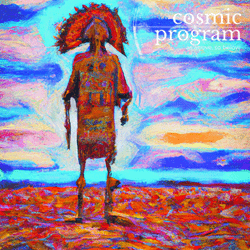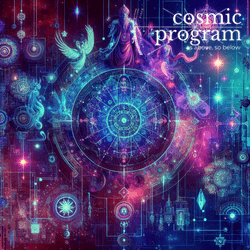.jpg?bossToken=4a0727ac13bfc2e43ee1e27af01c6600816f92fb38de4d4121847446fff9b4b4)
Photo Attribution: Department of Defense. Department of the Army. Office of the Deputy Chief of Staff for Operations. U.S. Army Audiovisual Center. (ca. 1974 - 05/15/1984), Public domain, via Wikimedia Commons
Richard Nixon
This example has been viewed 895x times
Summary
Rodden Rating
Analysis for Richard Nixon
Biography
Richard Milhous Nixon (January 9, 1913 – April 22, 1994) was the 37th president of the United States, serving from 1969 to 1974. A member of the Republican Party, he previously served as a representative and senator from California and was the 36th vice president from 1953 to 1961 under President Dwight D. Eisenhower. His five years in the White House saw reduction of U.S. involvement in the Vietnam War, détente with the Soviet Union and China, the Apollo 11 Moon landings, and the establishment of the Environmental Protection Agency and Occupational Safety and Health Administration. Nixon's second term ended early when he became the only U.S. president to resign from office as a result of the Watergate scandal.
Nixon was born into a poor family of Quakers in a small town in Southern California. He graduated from Duke Law School in 1937, practiced law in California, and then moved with his wife Pat to Washington in 1942 to work for the federal government. After active duty in the Naval Reserve during World War II, he was elected to the House of Representatives in 1946. His work on the Alger Hiss case established his reputation as a leading anti-Communist, which elevated him to national prominence, and in 1950, he was elected to the Senate. Nixon was the running mate of Dwight D. Eisenhower, the Republican Party's presidential nominee in the 1952 election, and served for eight years as the vice president. He ran for president in 1960, narrowly lost to John F. Kennedy, then failed again in a 1962 race for governor of California, after which it was widely believed that his political career was over. However, in 1968, he made another run for the presidency and was elected, defeating Hubert Humphrey by less than one percentage point in the popular vote, as well as defeating third party candidate George Wallace.
Nixon ended American involvement in Vietnam combat in 1973 and the military draft in the same year. His visit to China in 1972 eventually led to diplomatic relations between the two nations, and he also then concluded the Anti-Ballistic Missile Treaty with the Soviet Union. Domestically, Nixon pushed for the Controlled Substances Act and began the War on Drugs. Nixon's first term took place at the height of the American environmental movement and enacted many progressive environmental policy shifts; his administration created the Environmental Protection Agency and passed legislation such as the Endangered Species Act, Clean Water and Clean Air Acts. He implemented the recently ratified 26th amendment which lowered the voting age from 21 to 18 and enforced the desegregation of Southern schools. Under Nixon, relations with Native Americans improved, seeing an increase in self-determination for Native Americans and his administration rescinded the termination policy. Furthermore, Nixon also imposed wage and price controls for 90 days, began the War on Cancer, and presided over the Apollo 11 Moon landing, which signaled the end of the Space Race. He was re-elected with a historic electoral landslide in 1972 when he defeated Democratic candidate George McGovern.
In his second term, Nixon ordered an airlift to resupply Israeli losses in the Yom Kippur War, a conflict which led to the oil crisis at home. From 1973, ongoing revelations leading from the Nixon administration's involvement in Watergate eroded his support in Congress and the country. Nixon and senior members of his administration were found to have weaponized government agencies against his enemies, among much other wrongdoing. On August 9, 1974, facing almost certain impeachment and removal from office, Nixon resigned from the presidency. Afterwards, he was issued a pardon by his successor, Gerald Ford.
During nearly 20 years of retirement, Nixon wrote his memoirs and nine other books. He undertook many foreign trips, attempting to rehabilitate his image into that of an elder statesman and leading expert on foreign affairs. He suffered a debilitating stroke on April 18, 1994, and died four days later at the age of 81. Surveys of historians and political scientists have ranked Nixon as a below-average president.[2][3][4] However, evaluations of him have proven complex, with the successes of his presidency contrasted against the circumstances of his departure from office.
Source: https://en.wikipedia.org/wiki/Richard_Nixon
Raw Data
Horoscope Data
Comments
Natal Data
1913-01-09 21:35:00 LMT
33° 53′ 18.6″ N 117° 48′ 47.7″ W
Yorba Linda, CA, USA



























































.jpg?bossToken=d6cac52208376fb00ef04655de55d9f89cdee980f74852bb3bbbab68248c9e2e)


_(cropped).jpg?bossToken=6c868e4d3661298fb063a903de5bce3c5315be89740cbfc8b1e4e1937cc73d14)



